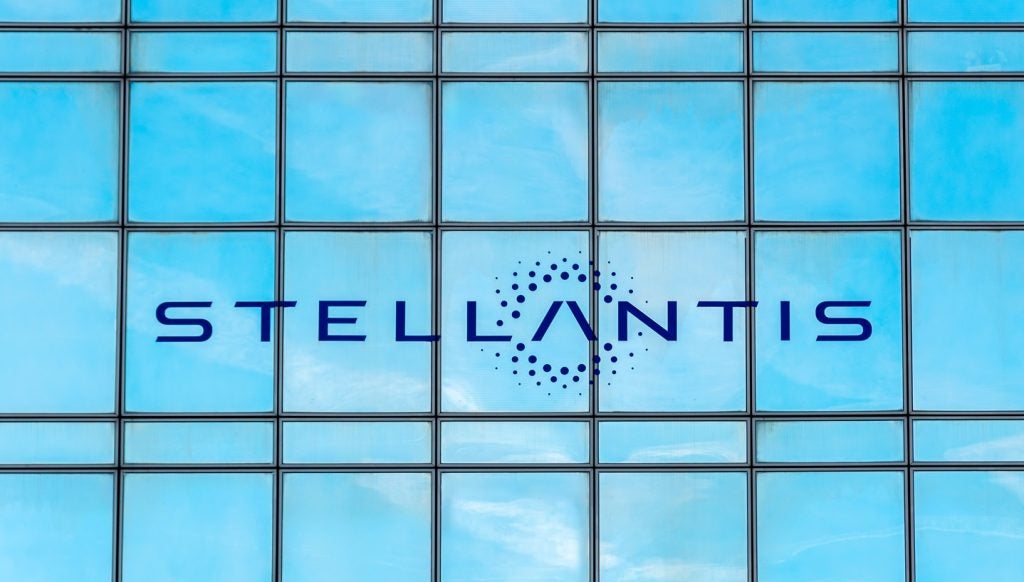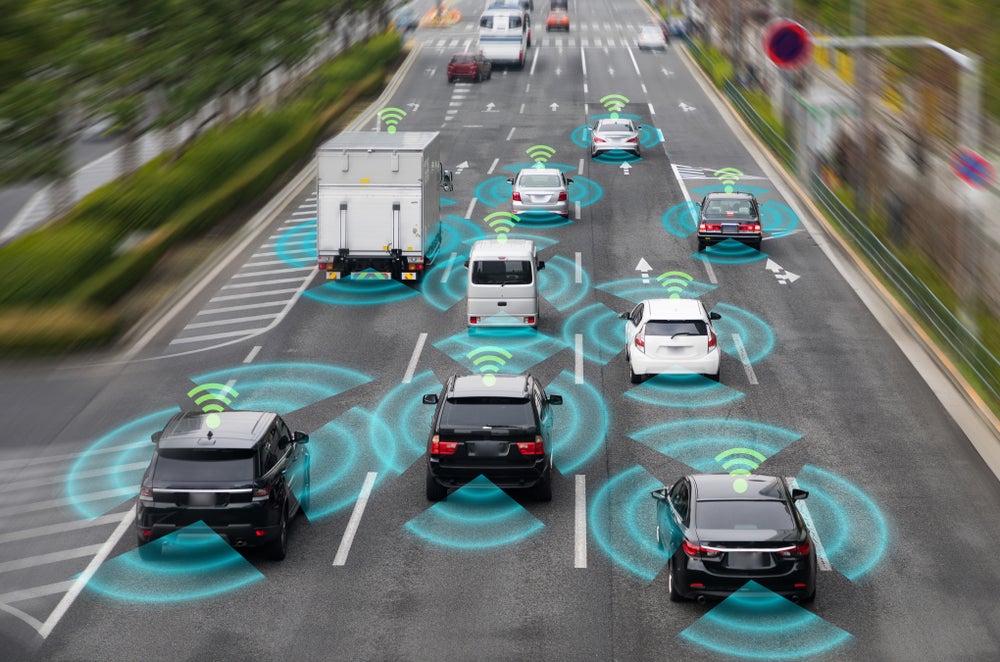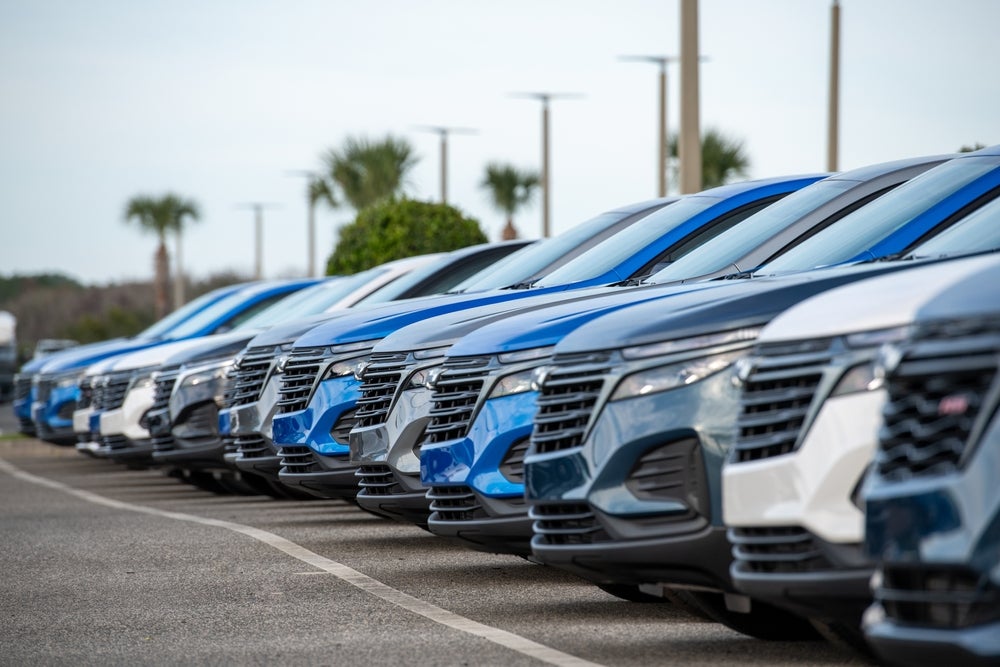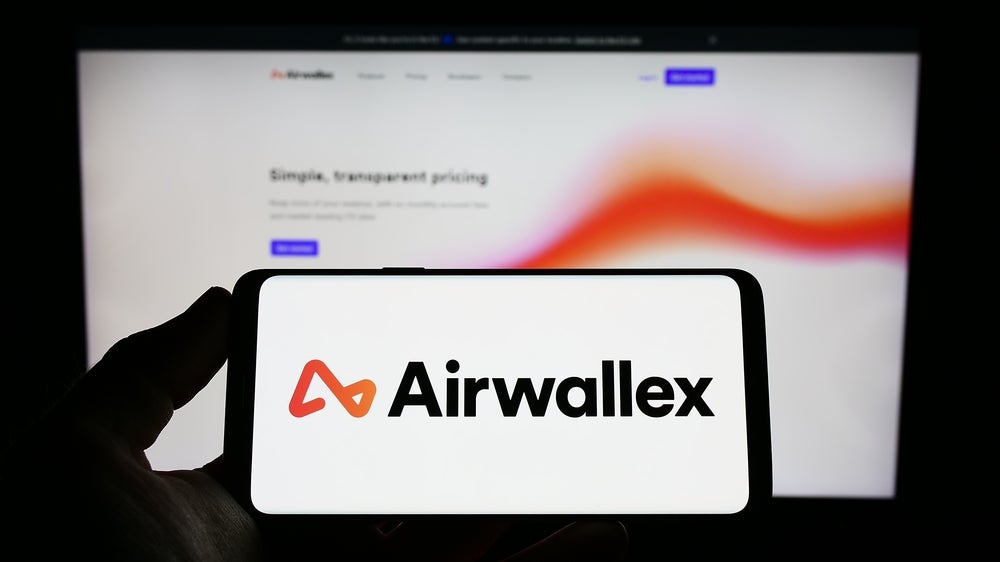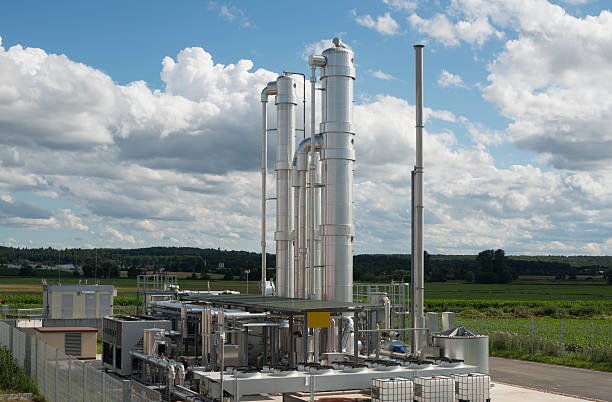
Greater availability and affordability of carbon-neutral e-fuels could offer a reprieve to Internal Combustion Engine (ICE) vehicles as the automotive world shifts toward a zero-emission future.
Writing in Cox Automotive’s latest AutoFocus, Steve Young, of ICDP, insisted that ‘blending’ e-fuels with conventional fuels could be a step in making the greener variant more widely available and cheaper.
E-fuels, liquid or gaseous forms of energy produced using renewable energy, can be used as a drop-in replacement for petrol or diesel in ICE vehicles.
Highlighting recent moves by some German politicians to “leave the door open” for ICE following the EC’s 2035 Net Zero deadline, Young said blending e-fuels with fossil fuels could make the greener fuel less costly.
“Blending just 5% e-fuels with conventional fuel will save 60 million tonnes of CO2 emissions annually,” said Young.
“Hence, it makes a meaningful difference, and progressing the blend to 100% over time is a way to allow production capacity to be brought onstream progressively as costs come down.”
How well do you really know your competitors?
Access the most comprehensive Company Profiles on the market, powered by GlobalData. Save hours of research. Gain competitive edge.

Thank you!
Your download email will arrive shortly
Not ready to buy yet? Download a free sample
We are confident about the unique quality of our Company Profiles. However, we want you to make the most beneficial decision for your business, so we offer a free sample that you can download by submitting the below form
By GlobalDataHe added: “While e-fuels are not available or affordable for general use today, there is a potential that it could be a viable longer-term option – even by 2035 when we have been led to expect that the combustion engine will disappear from sale in Europe.”
E-fuels have ‘untapped’ potential for wider use
ICDP’s managing director points to the fact that e-fuels are currently the preserve of “lifestyle brands” and “niche applications” but insists there is real potential for wider usage.
He added that the EC recently agreed that a new vehicle category would be created for ICE cars that run on carbon-neutral fuels. It is assumed that this will be done through some form of electronic monitoring in the car to ensure an e-fuel is being used.
“The existing 2035 legislation will be locked into EU law first,” Young said. “Following this, a new regulation will be proposed to create the new vehicle category and define how the e-fuels concession will be applied.
“The Commission has committed to bringing this regulation forward in a form that is difficult under EU procedures for other countries to block, giving Germany some confidence that the regulation will be enacted even whilst protests continue from other states and lobbying organisations.”
A recent high-profile protest by one such organisation at Berlin’s Brandenburg Gate made the news, as did their claim that e-fuel cars would replace between 26 and 46 million BEVS by 2050, more than 10% of the European market.
Young concluded: “The ICDP view is that this concession will not fundamentally change the future powertrain mix for Europe from 2035, with BEVs remaining the core technology and potentially hydrogen FCEVs in a supporting role.”
Cox Automotive’s insight and strategy director Philip Nothard welcomed ICDP’s view that the future could have a place for zero-emission ICE vehicles.
Nothard said: “The combustion engine in its current form clearly does not have a future. And although its eventual make-up is yet to be finalised, it’s clear that a mix of fuel compulsions will power it, whether electric, hydrogen or e-fuels.
“It’s notable that some OEMs are investing heavily in the development of e-fuels. Certain factions may be completely opposed to their production on an industrial scale.
“Still, it’s clear that developing the complex and expensive process of making e-fuels could help bolster wider usage and offer ICE vehicles something of a reprieve.”
Sustainable Finance Summit Awards winners 2023



